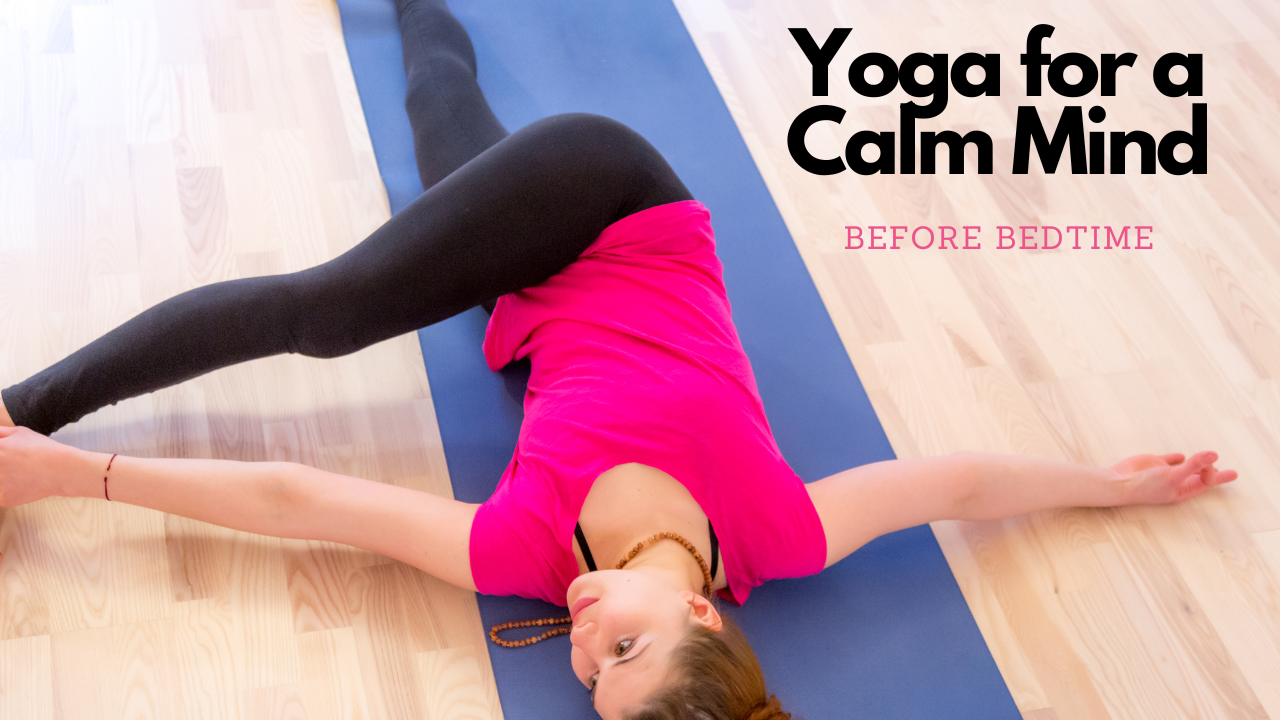How Strength Training Protects your Bones in Menopause
Oct 27, 2025
If you’ve ever noticed your joints feeling a little stiffer or your balance not quite what it used to be, you’re not alone. As estrogen levels drop in menopause, bone density begins to decline too. The good news? You can take powerful steps to protect your bones, and one of the best tools you have is strength training.
This isn’t about lifting heavy weights to look younger. It’s about building a foundation that keeps you strong, stable, and confident for years to come.
Why Bone Loss Happens in Menopause
Estrogen is a key player in maintaining bone density. It helps keep the balance between bone-building cells (osteoblasts) and bone-breaking cells (osteoclasts). When estrogen declines during menopause, that balance shifts, leading to bone thinning and a higher risk of fractures.
In fact, research shows that women can lose up to 20 percent of their bone density within the first five to seven years after menopause. But here’s the empowering part: weight-bearing exercise can slow and even reverse that process.
How Strength Training Supports Bone Health
When you lift weights or use resistance bands, your muscles pull on your bones. This mechanical stress signals your body to strengthen the bone structure in response. Think of it like sending your bones a message that says, “We need to stay strong.”
Here’s what happens behind the scenes:
-
Strength training increases bone-forming activity in key areas such as the hips, spine, and wrists, which are most vulnerable to osteoporosis.
-
It improves muscle mass, which helps with balance and reduces the risk of falls.
-
It enhances posture by strengthening your back and core, reducing the stooped look that can come with bone loss.
What Science Says
A 2017 study published in the Journal of Bone and Mineral Research found that postmenopausal women who performed high-intensity resistance training twice per week significantly increased their bone density in both the spine and hips.
Another study from Osteoporosis International showed that even low to moderate strength training improved bone mass and reduced fracture risk when performed consistently over time.
The takeaway? It doesn’t take hours in the gym. Just two to three focused sessions each week can make a measurable difference.
Simple Ways to Get Started
If you’re new to strength training, start slow and focus on proper form. You don’t need a gym membership to protect your bones.
Try these simple ideas:
-
Bodyweight exercises such as squats, lunges, and pushups.
-
Resistance bands to add gentle tension for beginners.
-
Free weights like dumbbells for upper body strength.
-
Yoga with added resistance to combine flexibility and strength in one session.
As you progress, gradually increase resistance or repetitions to keep your bones adapting and growing stronger.
The Hidden Benefits You’ll Feel
Beyond bone health, strength training helps boost metabolism, improve mood, and increase confidence in your physical abilities. Many women notice better sleep, more energy, and less joint pain once they begin consistent strength work.
It’s not just about prevention. It’s about feeling capable, powerful, and ready for whatever comes next.
Final Thought
Menopause is a natural transition, but bone loss doesn’t have to be part of your story. By incorporating strength training into your weekly routine, you’re not just protecting your bones, you’re reclaiming your strength.
Each rep, each lift, each mindful movement tells your body that you’re investing in your future health. Because strong bones aren’t just about aging well, they’re about living fully.
Stay connected with news and updates.
Join our mailing list to receive the latest news and updates from our team.
Don't worry, your information will not be shared.
We hate SPAM. We will never sell your information, for any reason.



